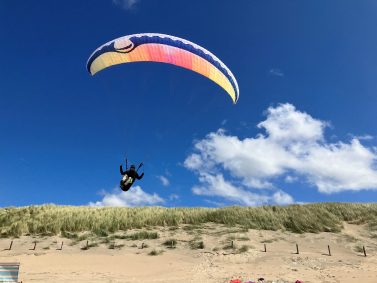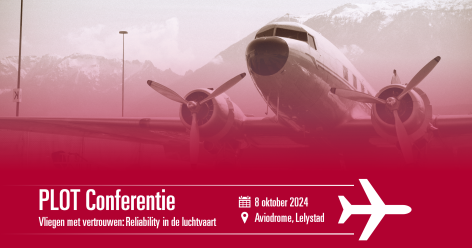Unknown knowledge of the layman
As an amateur paraglider, you may not always be concerned with the technical details of how your equipment performs under different conditions. Often, the main focus is on the emotional experience of flying itself. However, it is important to understand that this ‘unknown knowledge’ about the environmental conditions and the behaviour of your equipment plays a major role in the safe and successful execution of a flight.
Without knowing it, you are unknowingly benefiting from numerous tests and innovations carried out by the manufacturer to ensure that your paraglider is resistant to the elements. These results are the product of years of development and testing, the results of which are essential for the safety of every flight, every day.
Conclusion
In the presentation, built from his own experience and knowledge, Maarten will delve deeper into how changing conditions during paragliding not only pose a challenge, but also offer an opportunity to better understand how to use the equipment optimally. By being aware of the influences of the environment, we can not only improve our flying experience, but also increase safety and develop ourselves as pilots.
With these insights I hope to not only convey the passion for paragliding, but more importantly to foster a wider appreciation for the technological advances that allow us to enjoy this breathtaking sport safely. Whether we launch from Kilimanjaro or a local mountain, the lessons we learn about the changing conditions stay with us, and form the basis of every successful flight.
Are you curious about Maarten's presentation? Then register for the PLOT Conference on October 8th.



